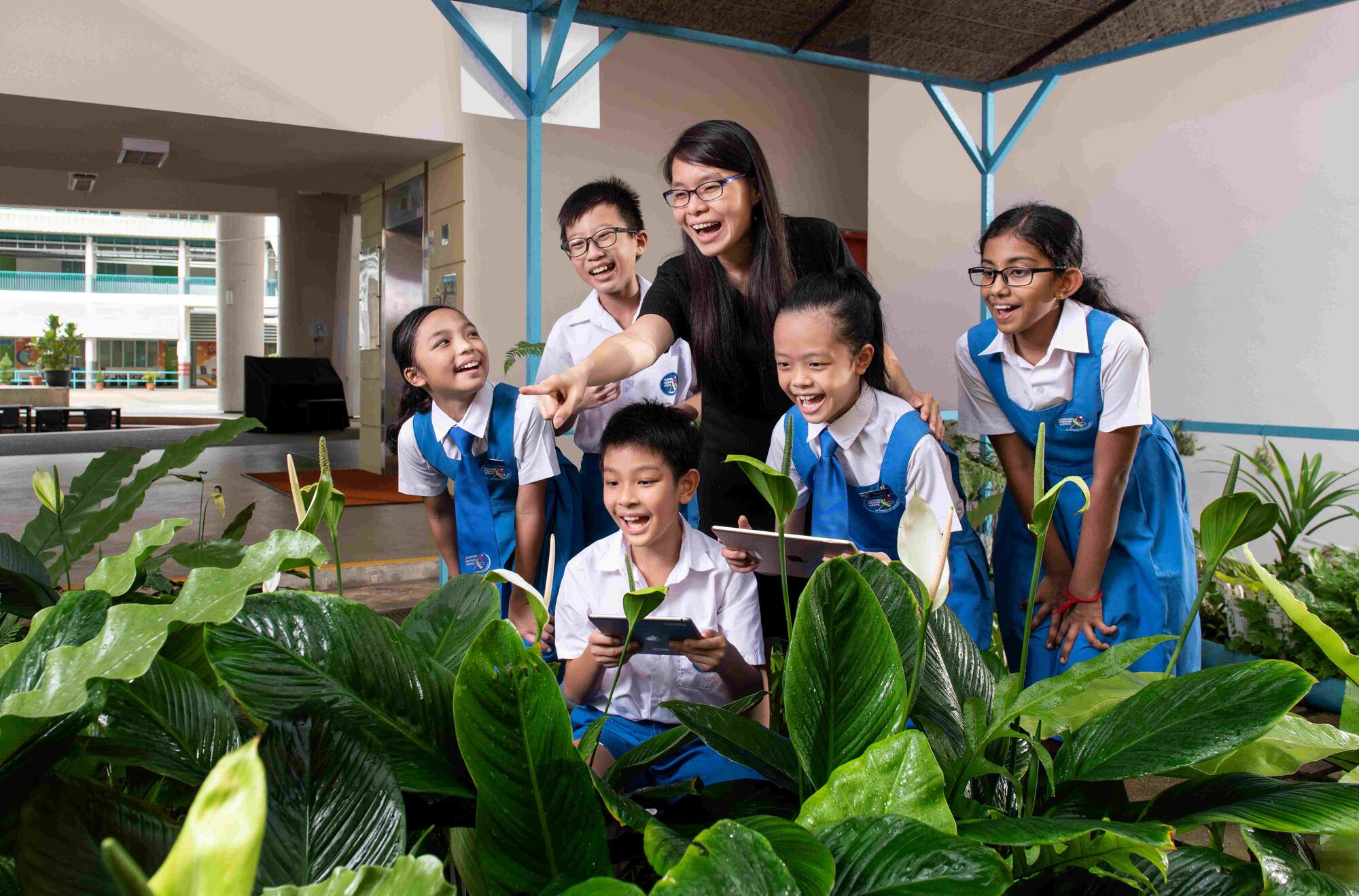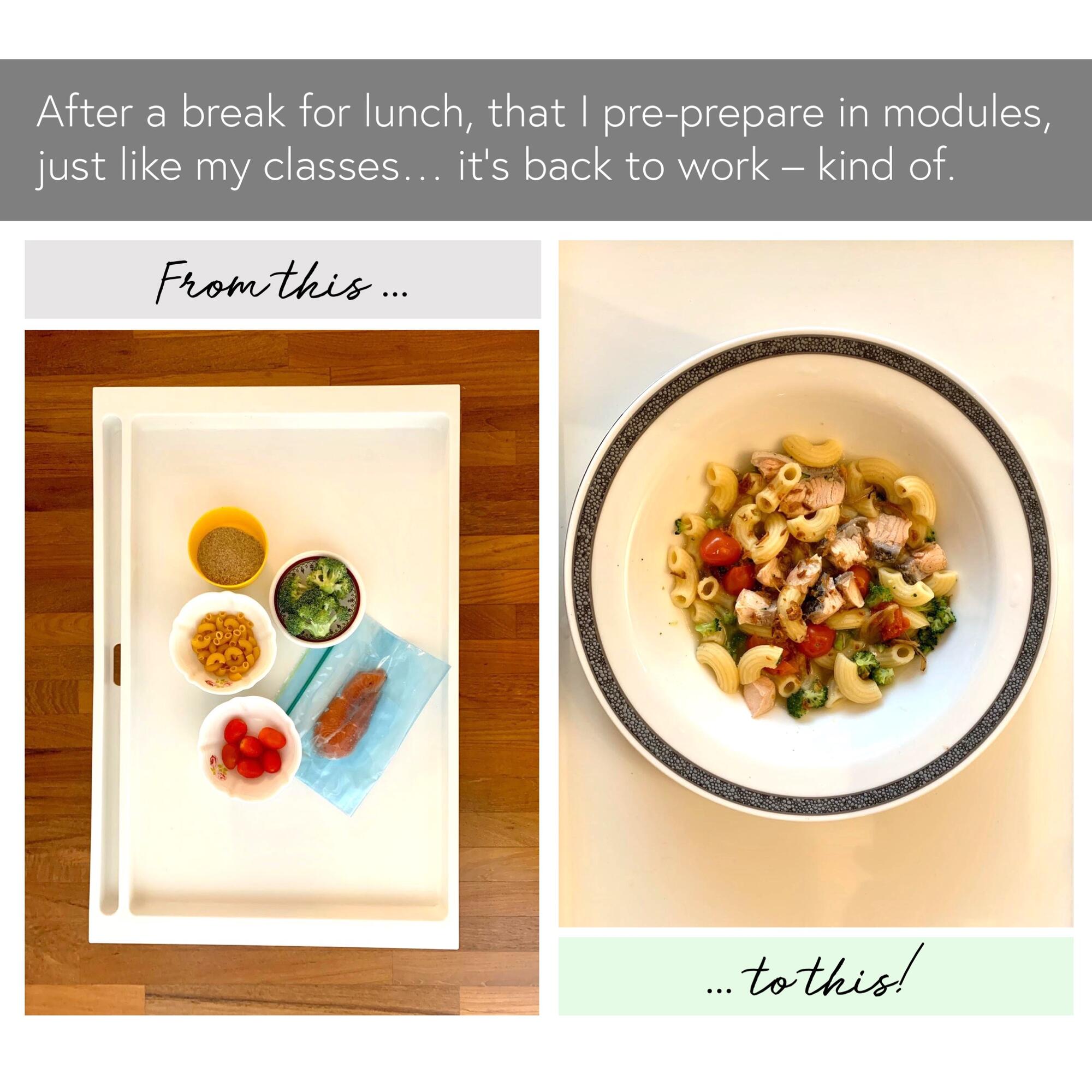The world was a different place when SARS hit us 17 years ago.
There were no smartphones, or group chats. Many families did not have a computer at home, much less a stable internet connection. Without a reliable way to connect with students, schools had few options open to them when the number of SARS cases grew and school closed on 27 March 2003.
In contrast, schools today have the resources for learning to continue at home while Singapore goes into circuit breaker mode to tackle COVID-19. Mr James Chng, a teacher who experienced both SARS and today’s virus outbreak, answers our questions about what changed for him as a teacher during the two pandemics.
What was it like in schools during the SARS outbreak?
SARS came to Singapore in late February 2003. Initially, Singaporeans weren’t very worried about it. When Term 2 started, we thought that school would go on as normal. But on Wednesday evening of that first week, it was announced that all schools would close the very next day. We were all taken by surprise. One student called me to check if it was true. I myself had just seen the news on television as well! I told him I would get back to him after I found out more.
So what happened? What did you have to do as a teacher?
The staff went back to school the next day. We prepared enough worksheets so that students could revise during the two weeks when schools were closed – and it was indeed quite hectic for us to get these ready in the first couple of days.
Then, there was the issue of how to get the printed worksheets to our students. Some parents volunteered to come to school to collect the worksheets. For the rest, the plan was to mail the packages out. I thought that it would take a while for the worksheets to reach my students by post. So I obtained permission from my Principal and delivered the worksheets to my students personally. It took me about two days to deliver them to my 37 students! While it took time, I was glad to have the chance to see my students and address any fears and questions they had about the situation.
What about the situation now? Are things easier?
I would say yes, and also no. In terms of getting learning materials to students, it’s definitely easier. I’m glad I don’t have to go out and deliver worksheets now because we had more time to react!
In fact, in my school, the teachers had already prepared a week-long revision package for online learning since February. These packages could be assigned to the students in the event that we need to activate HBL at a moment’s notice. When the Covid-19 situation did not seem to improve when Term 2 reopened, we also stepped up on the preparation of these online materials.
It also helped that this time round, we had a few days between the announcement and the start of full HBL. We could get the students to bring all their books and materials home. We also taught them how to submit homework using the Seesaw app and gave them instructions for HBL. So while it is still stressful, it did make the transition easier for us.
You mentioned that schools have been preparing since February?
Since I was just talking about SARS earlier, one can even say that we have been preparing since February 2003. It’s not that we only started doing online learning this year. Otherwise, we could not have gone into HBL so quickly.
Ever since the SARS outbreak, schools have been exploring how to teach using various online platforms. For many years, most schools have set aside at least one day a year for e-learning at home. In my school, teachers have been encouraged to incorporate ICT in our lesson plans throughout the year so that students are more familiar with online learning as well. We spend some time at the start of every year to teach students how to log in to the online platforms, and familiarise them with the main controls and functions – though of course, sustained HBL is more challenging, especially for the younger ones.
With the introduction of Students Learning Space (SLS) in 2018, we have a lot more options in planning online lessons. Unlike in 2003, where we just handed students worksheets and left them to complete them for the few weeks, we can now continue to teach. With SLS, I can embed slides, include quizzes and videos to guide my students and also comment on their answers to provide feedback. The SLS team is also regularly adding new features to the platform based on feedback from teachers – which I appreciate. There are also other great online tools for video-conferencing and subject-specific apps that teachers can use to enhance their HBL lessons. These make it possible for learning to continue at home.
HBL is not perfect and there are still challenges to overcome and improvements to be made. But I think we have come a long way since SARS and we are trying our best to make it work.
You said that in some ways, it hasn’t been easier. How so?
In the past, I remember that after the frenzy of creating worksheets was over, we spent the rest of the two to three weeks catching up on administrative tasks. We also called students to find out their well-being and address their concerns.
Now we are working from home to support HBL. This is not as simple as people may think. There are existing resources from MOE in SLS that we can use, but many of us prefer to tweak them or prepare our own materials to suit our students’ needs. We also spend a lot more time keeping track of our students’ progress. During HBL, students do not complete the lesson at the same time even though they are encouraged to do so. So we check in throughout the day to monitor our students’ progress and follow up with those who haven’t completed their work or have difficulties understanding the lessons. We also mark and give the students feedback online. If I discover from my students’ work that they don’t understand something, I will make the necessary adjustments to the subsequent lesson so that I can address any misconceptions. I believe that many other teachers do this as well, to help their students.
So there is quite a lot of work for teachers now. The consolation is that HBL helps to minimize disruption to our students’ learning. So I hope that when we eventually go back to school, we will not have to spend as much time catching up as we had to back in 2003.

Working from home is not easier for teachers – who have to adapt and find new ways to engage their students and check on their progress. But as Mr James Chng said, we all have to learn and cope!
How are your students coping with HBL?
While some of them are doing fine, there are others who found learning online challenging. So for this group of students, we work very closely with their parents and check on them daily. For those whose parents are unable to provide support, they can come back to school. We have a few teachers and allied educators who take turns to stay with them, guide them and clarify any doubts that they might have while they do their online lessons in the school’s computer lab. I guess this is another difference compared to the school closure in 2003 – that we now have more support measures in place for those who need it.
So how are you coping?
I guess the one thing that helped is that there is a lot of collaboration among teachers across levels and subjects. For example, a Malay Language teacher in my school shared about an app that helped her conduct spelling and I realised I could also use it for my English class. We are constantly sharing, discussing common issues we have, problem-solving and providing support for one another. SLS also provides us teachers a way to share our lessons on a common platform across schools. From MOE HQ, the Master Teachers have also come up with resources that we can use and adapt, so that helps as well.
I think most importantly, it helps to remember that we too as teachers are also always learning. This is also an opportunity for us to “sharpen our saw” so to speak. So it can only get better from here! I believe we will all come out of this as more effective and more skilful teachers.






